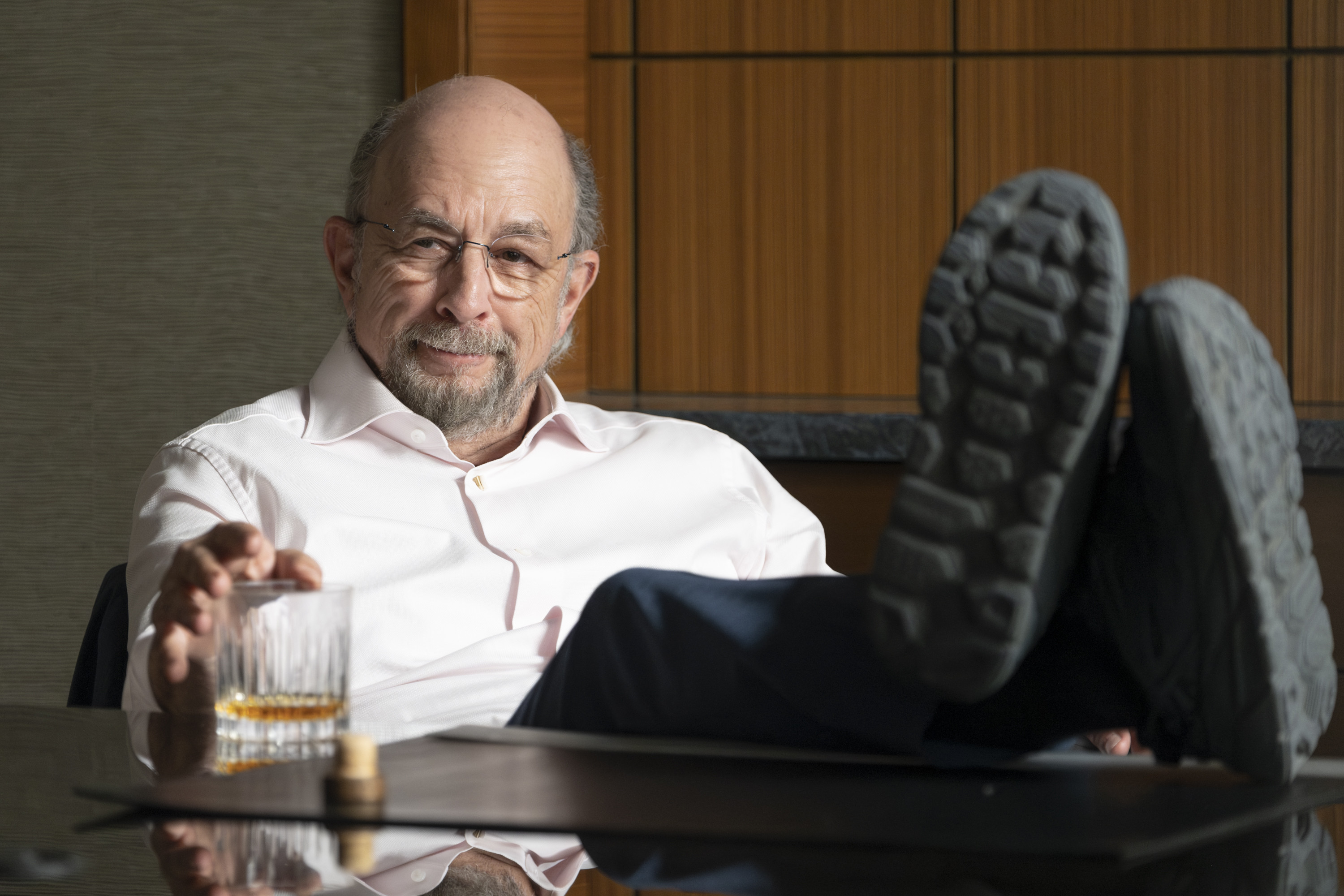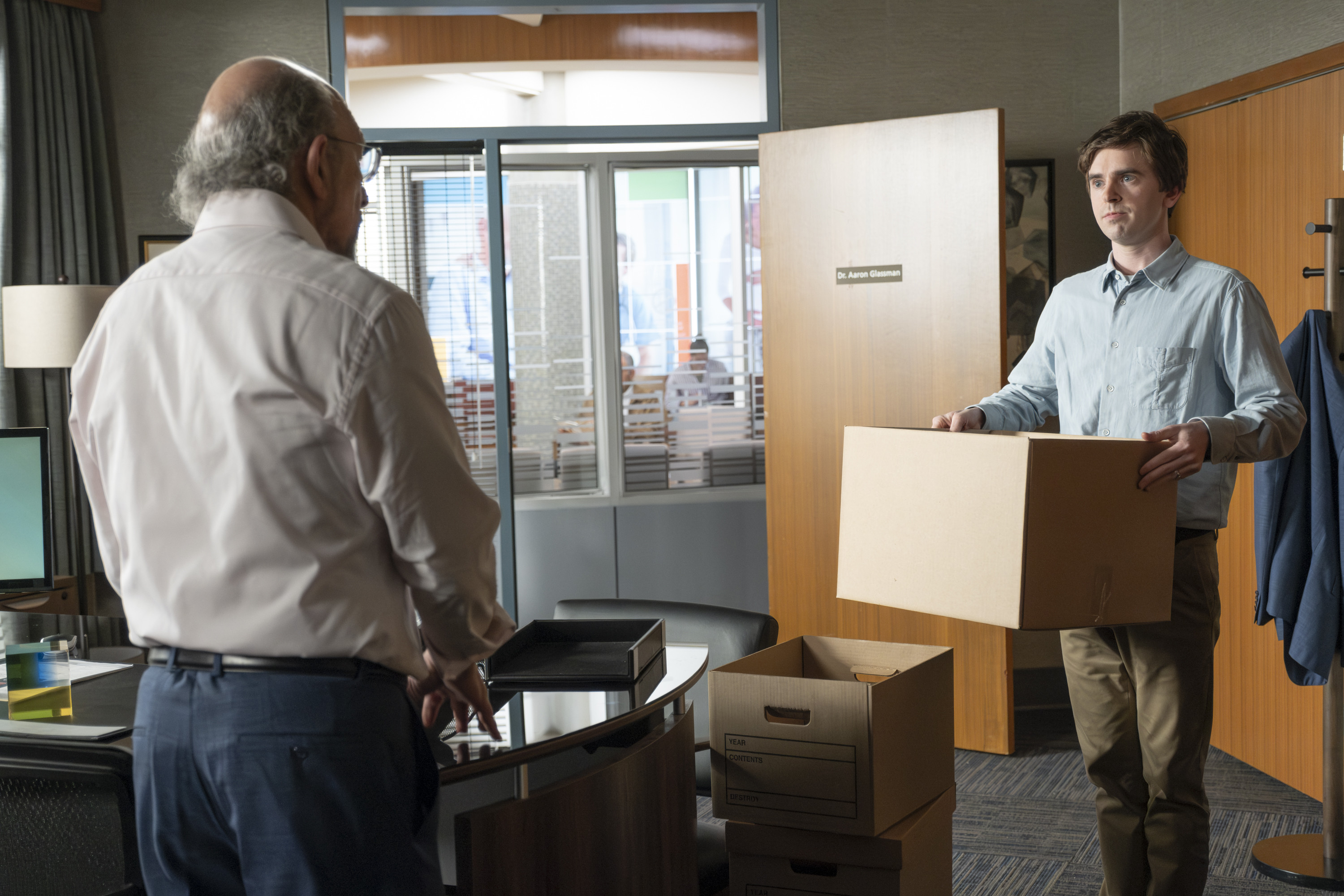ABC’s The Good Doctor concluded its successful seven-season journey with a poignant two-part finale, leaving viewers with a mix of emotions as Dr. Shaun Murphy’s story reached its hopeful conclusion. Episode 710, titled “Goodbye,” delivered on its promise, wrapping up key storylines while echoing back to the show’s very beginning. This The Good Doctor recap delves into the emotional rollercoaster of the finale, highlighting the major plot points, character arcs, and insights shared by the show’s creators and star, Freddie Highmore.
The finale picks up immediately after the dramatic cliffhangers of Part 1: Dr. Aaron Glassman’s devastating cancer recurrence and Dr. Claire Browne’s sudden collapse. These events set the stage for a race against time, forcing Shaun to confront the mortality of his mentor and fight for the life of a dear friend, all while navigating his own growth and the future he’s built.
Facing Mortality and Acceptance
The emotional core of the finale revolves around Dr. Glassman’s terminal diagnosis. Shaun, in his characteristic determined fashion, throws himself into finding a solution, desperately seeking a treatment to prolong Glassman’s life. He meticulously researches and proposes various options, each time refining his approach to minimize risks and side effects. However, Glassman remains resolute in his decision to forgo further treatment, choosing instead to spend his remaining months – estimated at three to six – enjoying precious time with Shaun, Lea, and their son, Steve.
Shaun’s initial struggle to accept Glassman’s choice forms a powerful narrative thread. He grapples with the impending loss of his mentor, the man who has been his guide and father figure. It’s through the gentle persuasion of Lea and Dr. Lim that Shaun gradually comes to understand and respect Glassman’s wishes. This journey showcases Shaun’s emotional development, his growth in empathy and acceptance, a significant evolution from the often rigid and logic-driven character we met in the early seasons.
Claire’s Battle and Unorthodox Solutions
Parallel to Glassman’s story, Claire faces her own life-threatening crisis. Her post-operative infection is identified as acinetobacter, a bacteria resistant to common antibiotics. As Claire’s condition worsens, she shares a heartfelt moment with Dr. Kalu, confessing her love, which he reciprocates, urging her to fight for her life.
Shaun, ever the unconventional thinker, proposes a daring and unorthodox treatment: bacteriophage therapy. This involves finding a specific virus that can target and destroy the antibiotic-resistant bacteria. The process is arduous and time-sensitive, with Claire’s health rapidly declining. In a moment of desperation, Kalu suggests amputating Claire’s arm to save her life, a devastating proposition that would end her surgical career.
Just as hope seems to dwindle, a bacteriophage match is found. However, regulatory hurdles arise when the FDA rejects the experimental treatment. This leads Shaun to a pivotal decision, mirroring his courageous act in the pilot episode.
Full Circle Moments and Sacrifices
In a powerful scene set in the same boardroom where his career at St. Bonaventure began, Shaun gathers Lea and Glassman. Echoing his opening lines from his pilot presentation about losing his brother, Shaun announces his decision to administer the unapproved treatment to Claire, knowing it could cost him his medical license. In a selfless act of support and understanding, Glassman steps in and administers the treatment himself, protecting Shaun and saving Claire’s life. This scene is laden with symbolism, highlighting the full circle nature of Shaun’s journey and the enduring bond between him and Glassman.
A Decade Later: Hope and Legacy
The episode then jumps forward ten years, offering a glimpse into the characters’ futures. Shaun is now the Head of Surgery at St. Bonaventure, delivering a TED Talk. The audience is filled with familiar faces: Lea, Steve, their daughter, Claire, Kalu and their daughter, and the returning Dr. Lim, now with Surgeons For a Better World.
Shaun’s speech, referencing his pilot boardroom plea once again, emphasizes his growth and achievements. He mentions having “two televisions” – a nod to his earlier, more literal understanding of metaphors – alongside a loving family and supportive friends. He and Claire co-head the Dr. Aaron Glassman Foundation for Neurodiversity in Medicine, solidifying Glassman’s lasting legacy and Shaun’s commitment to advocating for neurodiversity.
Insights from the Creators and Star
Deadline’s interview with Freddie Highmore and co-showrunners David Shore and Liz Friedman provides deeper insights into the finale’s choices and the series’ overarching themes.
Condensed Storyline and Glassman’s Fate
Friedman acknowledges that the finale’s storyline was initially conceived for a longer arc but was condensed to provide a more complete resolution as the series concluded. Regarding Glassman’s death, Shore clarifies it wasn’t always planned but felt like the right, albeit bittersweet, ending. They aimed for a hopeful yet realistic conclusion, reflecting the show’s consistent theme of embracing imperfections and finding hope amidst challenges. Friedman adds that Glassman’s passing serves as a catalyst for Shaun’s further growth, demonstrating his ability to mature and thrive independently.
Shaun’s Evolution and Heroic Choices
Highmore emphasizes Shaun’s significant evolution throughout the series, challenging the stereotype that individuals with autism are incapable of change. He expresses pride in portraying Shaun’s journey of growth, highlighting his evolving preferences, desires, and human experience. The finale underscores this evolution through Shaun’s willingness to sacrifice his career to save Claire, a testament to his deep capacity for love and loyalty.
Shore elaborates on the symbolism of Glassman intervening to administer the treatment, emphasizing it as a powerful representation of Shaun’s growth. Friedman notes the thematic duality within the episode, contrasting the acceptance of loss in Glassman’s storyline with the refusal to accept defeat in Claire’s case. Highmore points out the poignant intimacy of Shaun’s final patients being those he deeply cares for, amplifying the emotional stakes.
Claire’s Arm and Romantic Reunion
Friedman confirms that Claire losing her arm was a deliberate narrative choice, never intended to be reversed. Shore emphasizes that this sacrifice was crucial to Kalu’s impassioned speech and the overall theme of sacrifice for a greater good. Highmore expresses relief that Claire survived, considering it a positive outcome amidst the challenges.
Addressing the rapid rekindling of Claire and Kalu’s romance, Friedman explains the intention was to bring Claire back to comment on the changes in other characters, particularly Shaun and Lea. She and Shore believe the romantic connection was always present, dating back to the pilot episode, and their reunion in the face of Claire’s mortality provided a natural culmination of their unresolved feelings. Shore adds that Claire’s near-death experience accelerated their emotional honesty and commitment.
Hill Harper’s Absence and Pilot Echoes
Shore humorously acknowledges the unusual coincidence of two of his medical drama series regulars (Hill Harper and House‘s Kal Penn) leaving for political careers. He expresses pride in supporting their aspirations, even if Harper’s political run prevented his return for the finale due to complexities.
The showrunners consciously incorporated numerous references to the pilot episode, creating a sense of closure and cyclicality. They opted against flashbacks, preferring subtle allusions and thematic echoes. The decision to film the boardroom scenes in the original pilot location was deliberate, enhancing the emotional resonance of Shaun’s pivotal decisions in the finale. Friedman highlights the carousel, a prominent symbol from the first season, as another visual motif representing the passage of time and the cyclical nature of life.
The Future Generation and Final Thoughts
Regarding Shaun and Lea’s children, Friedman believes neither has autism, emphasizing the parents’ decision to focus on embracing their children’s individuality regardless of labels. Shore reiterates the series’ overarching message: judging individuals by their capabilities rather than limitations. They chose not to delve into a potential autism diagnosis for Shaun’s children to avoid underrepresenting the complexities of such a storyline in a limited timeframe.
Looking ahead, Friedman and Shore express contentment with the series finale, though Friedman admits to still having ideas for future Good Doctor storylines. They are proud of the show’s seven-season run and the impactful conclusion they crafted. Highmore reflects on the final scene filmed – a quiet moment between Shaun and Lea – as fittingly encapsulating the show’s focus on small, nuanced moments amidst larger dramatic events.
Conclusion: A Meaningful Farewell
The Good Doctor series finale delivers a satisfying and emotionally resonant conclusion to Shaun Murphy’s journey. It masterfully balances tragedy with triumph, loss with enduring love, and individual challenges with community support. The finale underscores the themes of growth, acceptance, and the importance of human connection that have resonated throughout the series. By bringing Shaun’s story full circle and offering a hopeful glimpse into the future, The Good Doctor leaves a lasting legacy of empathy, understanding, and the celebration of neurodiversity.
 Richard Schiff in ‘The Good Doctor’ finale (Jeff Weddell) Disney/Jeff Weddell
Richard Schiff in ‘The Good Doctor’ finale (Jeff Weddell) Disney/Jeff Weddell
 Richard Schiff and Freddie Highmore in ‘The Good Doctor’ finale (Jeff Weddell) Disney/Jeff Weddell
Richard Schiff and Freddie Highmore in ‘The Good Doctor’ finale (Jeff Weddell) Disney/Jeff Weddell
